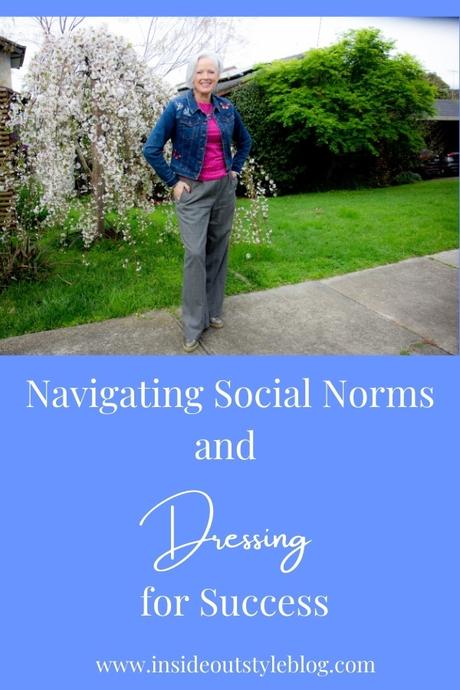



Dress codes may be subtle, and you may think they are a thing of the past, but they are powerful in shaping perceptions and guiding our interactions. Whether you’re heading to a job interview, a dinner party, or a casual outing, understanding the psychology of dress codes empowers you to navigate social norms with confidence and style.
The way we dress communicates more than just style—it sends powerful signals about who we are, our values, and how we fit into different social and professional environments. Learn how dress codes influence our behaviour, perceptions, and success and how you can dress in a way that aligns with both the setting and your goals.
The Unspoken Rules of Different Environments
Every environment—professional, social, or casual—has its own unspoken rules dictating what’s considered appropriate attire. Recognising these subtle cues can give you the confidence to make the right impression, no matter the setting. These rules are influenced by cultural expectations, historical norms, and social hierarchies. Understanding these subtle cues can give you an advantage in navigating situations confidently.
-
Professional Environments: In the workplace, dress codes vary depending on industry and company culture. A formal corporate environment typically requires business attire—think suits, dresses, and polished shoes. In contrast, creative industries or startups may embrace a more relaxed dress code, where smart casual or casual wear is acceptable. However, regardless of the dress code, your appearance should always convey professionalism, whether it’s through the sharpness of your clothing or the care you take in your grooming. How to appear more professional? The collar is a key element of clothing design that you’ll find in more formal attire. Collared shirts and jackets are ways to easily elevate your attire. More structured garments in woven fabrics rather than knits are key, along with more neutrals with pops of colour, which are key to a more professional outfit.
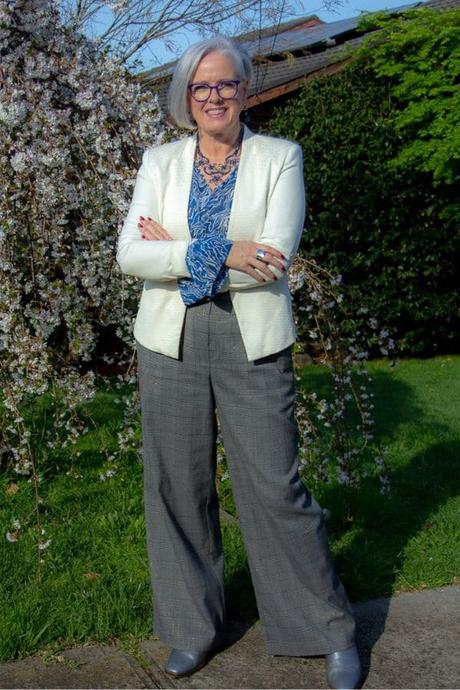

-
Social Settings: In social environments, dress codes are often less rigid but still influenced by context. For instance, at a formal dinner or a wedding, guests are typically expected to wear semi-formal or formal attire, where jeans are never acceptable. In more casual settings like a friend’s gathering or a day out, the emphasis may be on comfort, but still within a framework of appropriateness, jeans and jumper in winter for a casual movie night, always avoiding too casual attire like gym wear unless the event is at the gym or taking a walk in the park. Sheer fabrics like chiffon are more dressy and more appropriate for dressy social situations rather than the business environment.
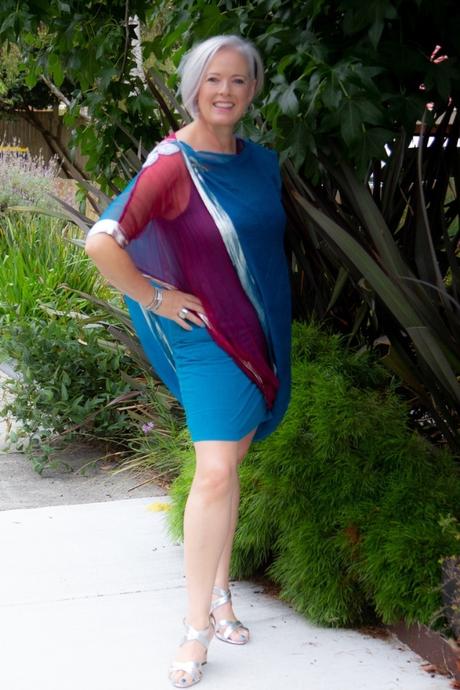
-
Casual Settings: Even in the most relaxed environments, there are still expectations. A trip to the grocery store calls for something different than a day at the beach. While comfort is key, it’s important to consider how you present yourself based on the occasion. A well-chosen casual outfit can still reflect your style and personality, ensuring that you always look put-together and confident. The key to stylish casual outfits is good fit; sloppy never adds style, along with accessories that complete your outfits. Think about adding a scarf or necklace to your outfit to add that finishing touch (and if you need some ideas on accessorising, grab a copy of my book The Finishing Touch).
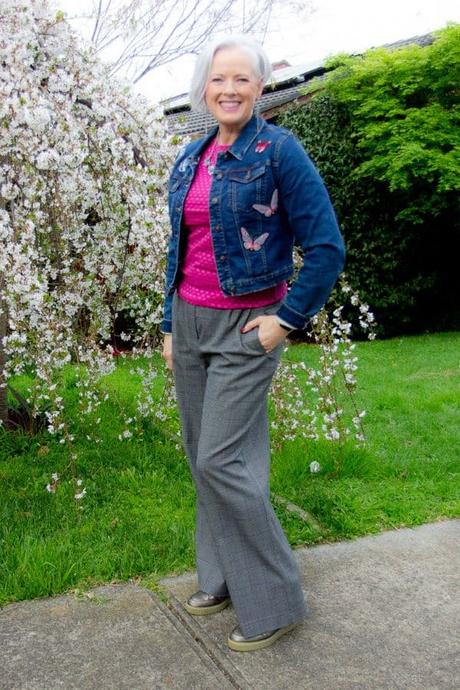
A denim jacket can dress down a more formal pair of trousers.
The Impact of Dress Codes on Perceptions
The psychology of dress codes lies in how they shape the way others perceive us. When we dress according to the expectations of an environment, we demonstrate awareness, respect, and the ability to read the room. Conversely, when we ignore or defy these unspoken norms, we risk being perceived as out of place, unprofessional, or disengaged.
For example:
-
Professional Success: In the workplace, outfits that align with company culture send a message that you understand the environment and are ready to contribute. A well-tailored suit in a conservative office suggests reliability and authority, while casual yet neat attire in a more laid-back office environment signals approachability, creativity and adaptability.
-
Social Success: When you adhere to the expected dress code in social settings, you’re more likely to feel at ease and be accepted by others. If you attend a formal event wearing something too casual, it communicates that you are not respecting the wishes of the organiser and you may feel out of place or awkward, which can affect your ability to engage and network. On the other hand, overdressing for a casual event can lead to discomfort. I’ll always remember a client telling me that her habitual outfit for almost every occasion, whether going to work, out for a drink, or in every social situation, was black dress pants and a black top. She wore this outfit to a summer Sunday afternoon barbeque, and every other woman there was wearing a coloured and patterned frock, and she realised that her one-size-fits-all approach to dressing didn’t work, making her feel very uncomfortable at this event.
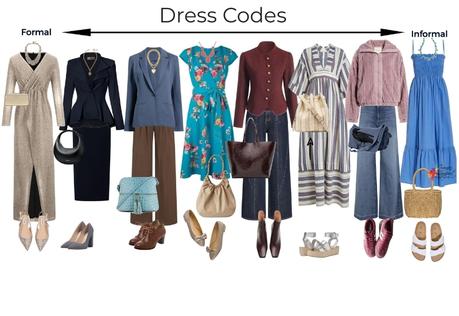 Navigating Dress Codes in Different Environments
Navigating Dress Codes in Different Environments
Embracing dress codes doesn’t mean abandoning your personal style. It’s about striking a balance—dressing appropriately for the occasion while still showcasing your individuality through subtle, intentional details. Here are some tips for dressing for success in any setting:
-
Know the Environment: Always consider the context before choosing your outfit. Research the dress code (if applicable) for events or workplaces. If you’re unsure, it’s better to err on the side of being slightly overdressed than underdressed.
-
Comfort Meets Style: Whatever the dress code, aim for outfits that are both comfortable and stylish. Confidence comes from feeling good about what you wear. If you feel at ease, you’ll project that confidence to others. For instance, a well-tailored blazer can work wonders in both professional and casual settings, especially when paired with a relaxed top or smart jeans in a more casual setting.
-
Keep It Simple and Polished: When in doubt, simplicity often works best. Clean lines, neat grooming, and well-chosen accessories can elevate even the most basic outfit. This is particularly important in professional settings where distractions can undermine your message. A few classic pieces—such as a jacket or blazer in your signature colour and a pair of well-fitting tailored trousers—will always serve you well.
-
Adapt To Your Personal Style: Don’t be afraid to infuse your personal style into your outfit, even if the dress code is formal. A subtle, unique accessory or a pop of colour can help you stand out without being out of place. Think of it as your personal stamp of confidence.
-
Pay Attention to Details: Small touches, like polished shoes, tidy hair, or a well-chosen belt, can make a big difference in how your outfit is perceived. These details show that you’ve put thought into your appearance and care about how you present yourself.
Navigating Dress Codes to Build Your Personal Brand
Your appearance is an essential part of your personal brand, and understanding how to navigate dress codes in different environments can enhance your success and confidence. When you dress with intention, you’re not just adhering to societal norms—you’re aligning your style with who you are and what you want to communicate. Knowing how to navigate these dress codes, while still expressing your unique personality, will give you the confidence to show up authentically in any setting.
If you’re ready to take your style to the next level and build a wardrobe that reflects your true self, I invite you to explore my Visualise Your Style program. This step-by-step process helps you create a cohesive personal brand through your wardrobe, based on your values, personality, and aesthetic. You’ll gain clarity on what you love to wear, how you want to be perceived, and how to express yourself authentically. Ready to discover your signature style? Let’s make it happen together. Learn more about Visualise Your Style here.
Recommended Reading
Why Having an Inconsistent Style is Hurting Your Personal Brand
Styling Your Personal Brand
What Does that Dress Code Really Mean
Dress Codes and Your Work Culture
